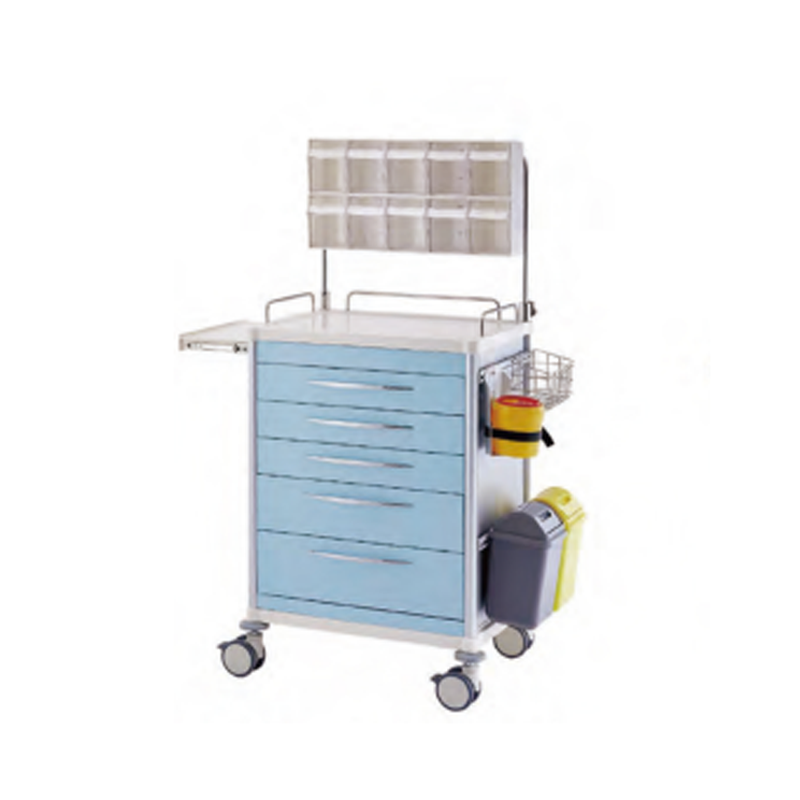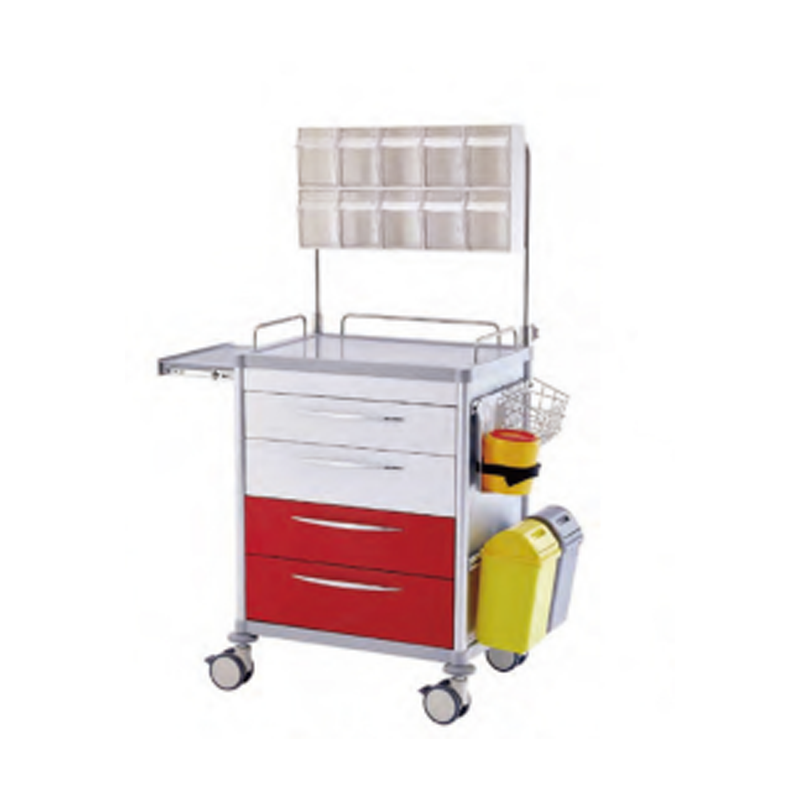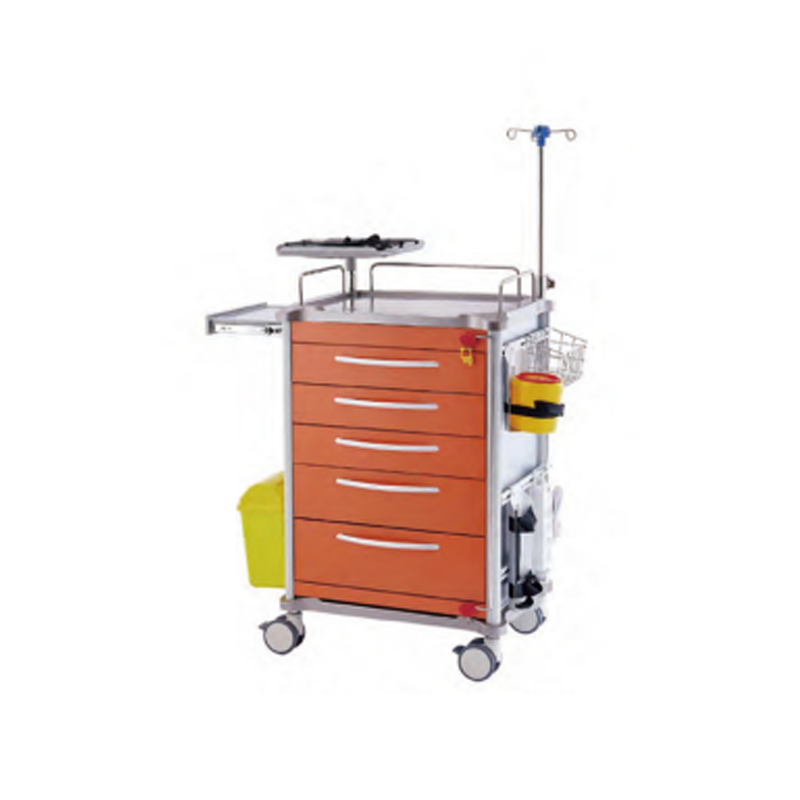Modern stretchers must ride the line between rugged support and nimble storage. A footboard that folds down in a flash answers that call. One quick pull, and its four-bar hinge sweeps the board from 90° to 0° in three seconds, offering steady lower-limb support that disappears when the job is done. That trick is huge when hallways shrink and every inch counts.
The footboard is shaped from 6061-T6 aluminum, a shell that weighs just 1.2 kilograms yet shrugs off 150 kilograms on its back. A coating of anti-microbial polyethylene stands up to the toughest disinfectants and meets ISO 14971 health standards. Once the board swings upright, a spring-loaded cam lock holds it like a vise, clicking and flashing a green dot so no one walks away unsure.
A quick scan of the angles spells out the story:
That same flexibility pays off in several lifesaving scenes.
The compact footboard tucks patients right up to the MRI or X-ray plate, so techs dont waste time nudging them again. Made from non-ferromagnetic aluminum, it plays nice with 3T fields without sparking.
Nurses can crank the bed angle anywhere from 30 to 60 degrees with a single arm; that simple lever save hip-replacement folks a world of joint pressure. The frame sits at a handy 85 centimeters, so caregivers arent bent double all shift.
A flat top lets orderlies slide patients smoothly from wheelchair to bed-no step-down brink to trip over and no extra wobbles.
Smaller units, running 100 to 140 centimeters long, come with rounded corners and sticky mats that stop little toes from getting pinched. The soft edges keep tiny patients from jumping at every squeak.
Sturdy beams rated for 250 kilograms mean hefty transfers stay calm and rooted; 35 centimeters of width hold their center without tipping sideways.
Adjustable ankle straps hug frail frames with minimal pressure, and a three-point harness locks confusion out while letting skin breathe. That means restless seniors stay put without waking up with red lines.
Red means locked and blue means go-nothing fancy, yet people with poor sight catch on fast. Turning the lever only takes 1.2 newton-meters, so even gloves coated in hospital grime get a grip.
Pictograms, not sentences, walk users through every step. The decals match ISO 7000 symbols, so a nurse from Bangkok reads the same graphic as one from Bogota without guesswork.
Anodized aluminum laughs at 95 percent humidity, and UV-stabilized polyethylene can bake for 1,500 hours in the desert sun. Paint chips and rust lose, every single time.
Low-temp grease keeps the hinges loose at -30°C; tundra sledders never fight a frozen pin. That freeze-proof lube is as essential at sea level as it is on Everest, and designers treat it that way.
Comfort
Quiet movement (no louder than 55 decibels) and a soft, anti-shear surface keep transfers calm for the patient and gentle on the skin.
Cultural Sensitivity
Height can be adjusted easily, so modesty is respected in conservative settings and limb exposure for female patients is kept to a minimum.
The fold-down footboard stretcher flips the idea of patient transport on its head. It pairs rock-solid design with a flexible build that works just about anywhere. By carving out extra space, sharpening clinical control, and putting dignity front and center, the stretcher proves that smart engineering can turn an ordinary medical cart into a truly global care partner.


